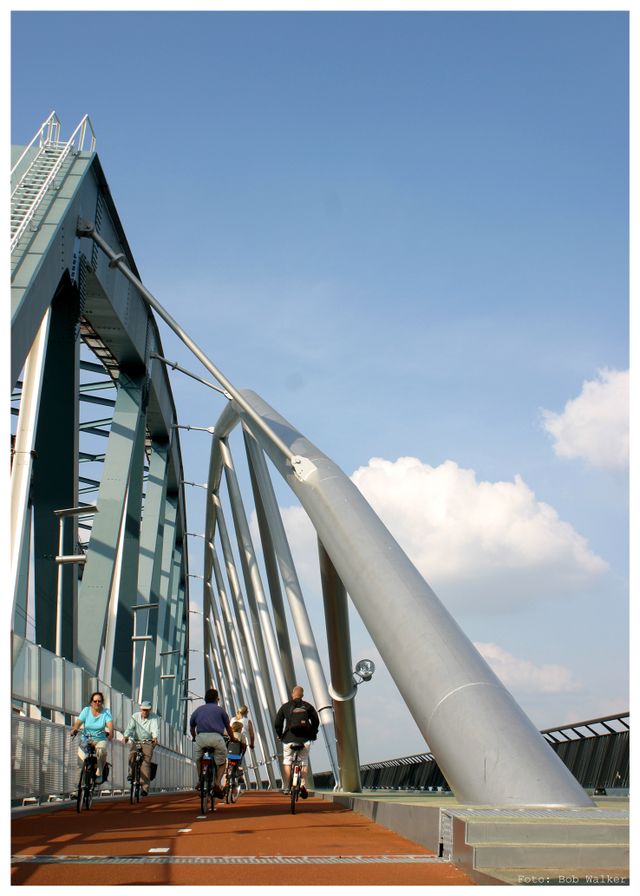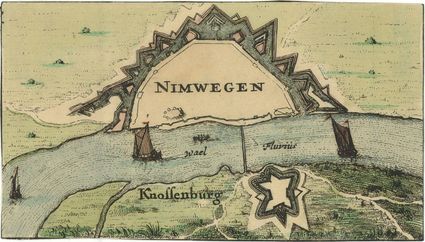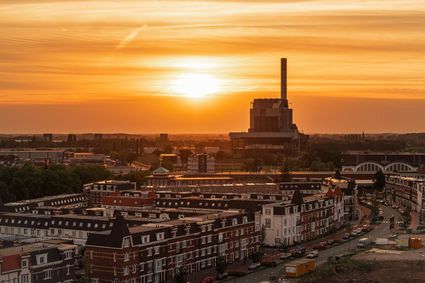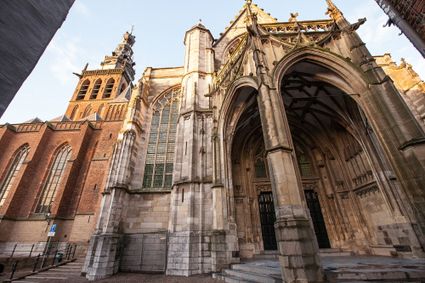The Waalsprong, Nijmegen embraces the Waal
Nijmegen is bursting at the seams with historical stories, ranging from leading figures to ordinary people, from neighbourhoods to political events. The Canon of Nijmegen encompasses the most important stories about Nijmegen’s history. One of these stories tells the tale of the city embracing the Waal. Nijmegen is stepping across the Waal by building a new city district, called the Waalsprong, leading to a substantial adjustment of the city’s outline. Almost 12,000 homes will be built between Nijmegen and the villages of Lent, Ressen, and Oosterhout, with an end date of 2020. The Waalsprong is expected to house about 30,000 people, a fifth of the total population of Nijmegen.
Unlike in Dukenburg and Lindenholt, the large urban expansions of the 1970s and 1980s, the homes built in the Waalsprong will be mostly single-family homes in the owner-occupied sector, and less social housing units. Additionally, the Waalsprong will have private facilities like shops, restaurants, entertainments, and offices in the centrally located Citadel at the Waal.
Early 1990s: The Waalsprong as a Vinex-location
The Waalsprong is a “Vinex-location.” In the early 1990s, the central government released a briefing called the “Fourth Memorandum on Spatial Planning Extra,” in which a number of cities that could develop new housing projects close to already-existing areas were named, totalling to about 650,000 extra houses. Other Vinex-locations in the surrounding areas are Schuytgraaf in Arnhem as well as Westeraam in Elst. Vinex locations tend to be characterised by an attention to the quality of the living spaces and the involvement of relevant parties like storeowners and potential buyers, to ensure that the supply matches the demand. By building close to the centre of cities and emphasising owner-occupied homes, Vinex-locations create extra financial support for the exiting cities by attracting residents with purchasing power. Additionally, the close proximity of these neighbourhoods to the city centre made investment into new infrastructure largely unnecessary. The Vinex-policy represented a break with the groeikern-policy (centre of growth) of the 1960s and 1970s, which aimed to let towns close to big cities expand in order to absorb urban population pressure. Beuningen, Druten, and Wijchen were important growth locations for Nijmegen.

Cyclists and runners on the Snelbinder, the connected bicycle and pedestrian bridge
Nijmegen embraces the Waal
The Waalsprong will probably be Nijmegen’s last major urban expansion for the time being. Dutch spatial planning is currently heading in the direction of inner-city building, e.g. renewal and densification within the existing city. Nijmegen, too, has sufficient space within its city limits for housing. The Waalfront-project is a good example of this: a high-profile new urban district to be built between the railway, the Waal, and the Weurste- en Winselingseweg.
The Waalsprong in the North of Nijmegen, the Waalfront in the Southwest of Nijmegen, and a new city bridge are all part of a project called “Nijmegen embraces the Waal.” This project also includes the renovation of the Waalkade and the relocation of the dyke at Lent. The latter measure is intended to give the Waal more space in the bottleneck between Nijmegen and Lent, and subsequently prevent (excessively) high water levels.
Immerse yourself in the rich history of the oldest city in the Netherlands, because Nijmegen has a lot of stories to tell you. Curious? You can read all about it in this historical timeline.



